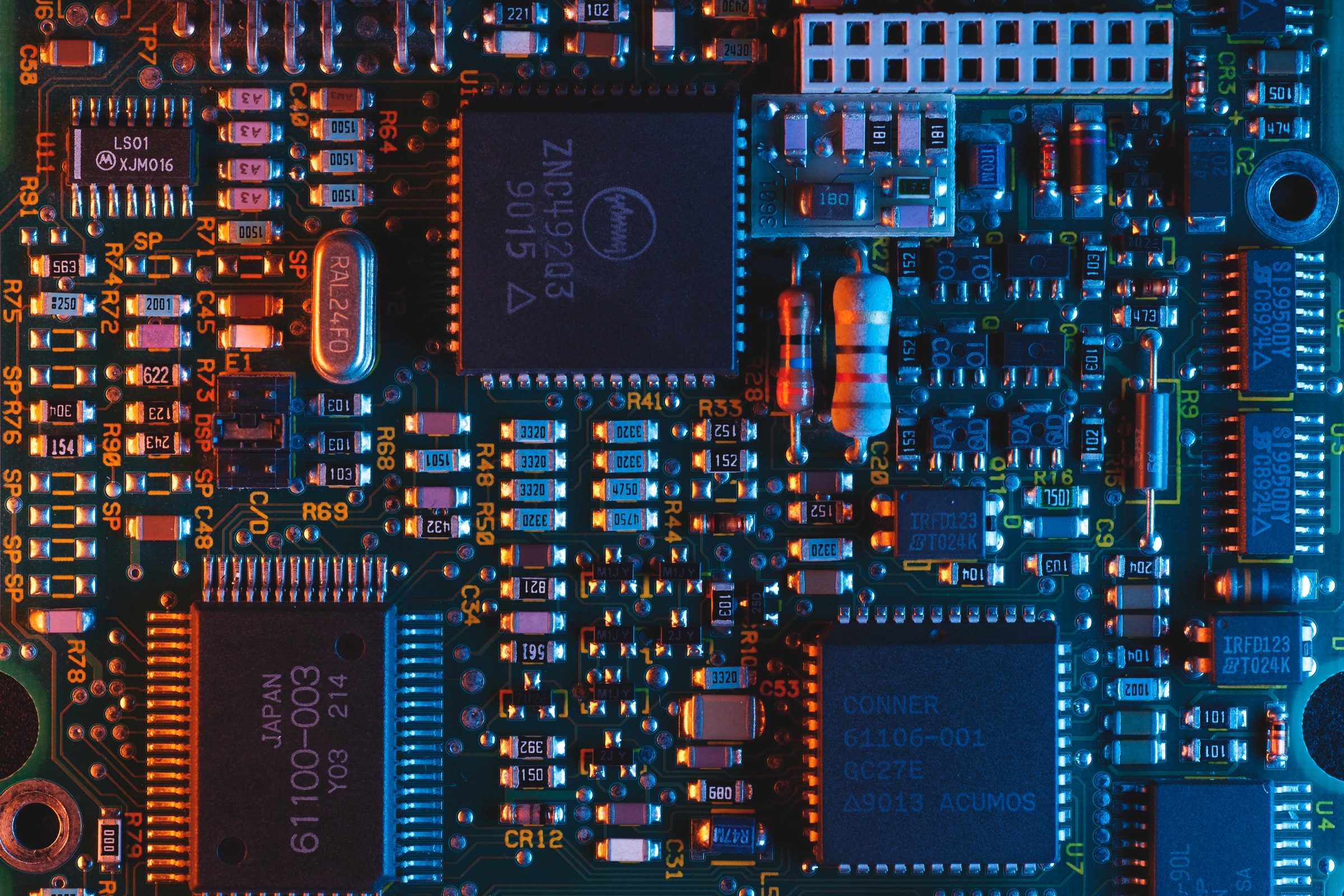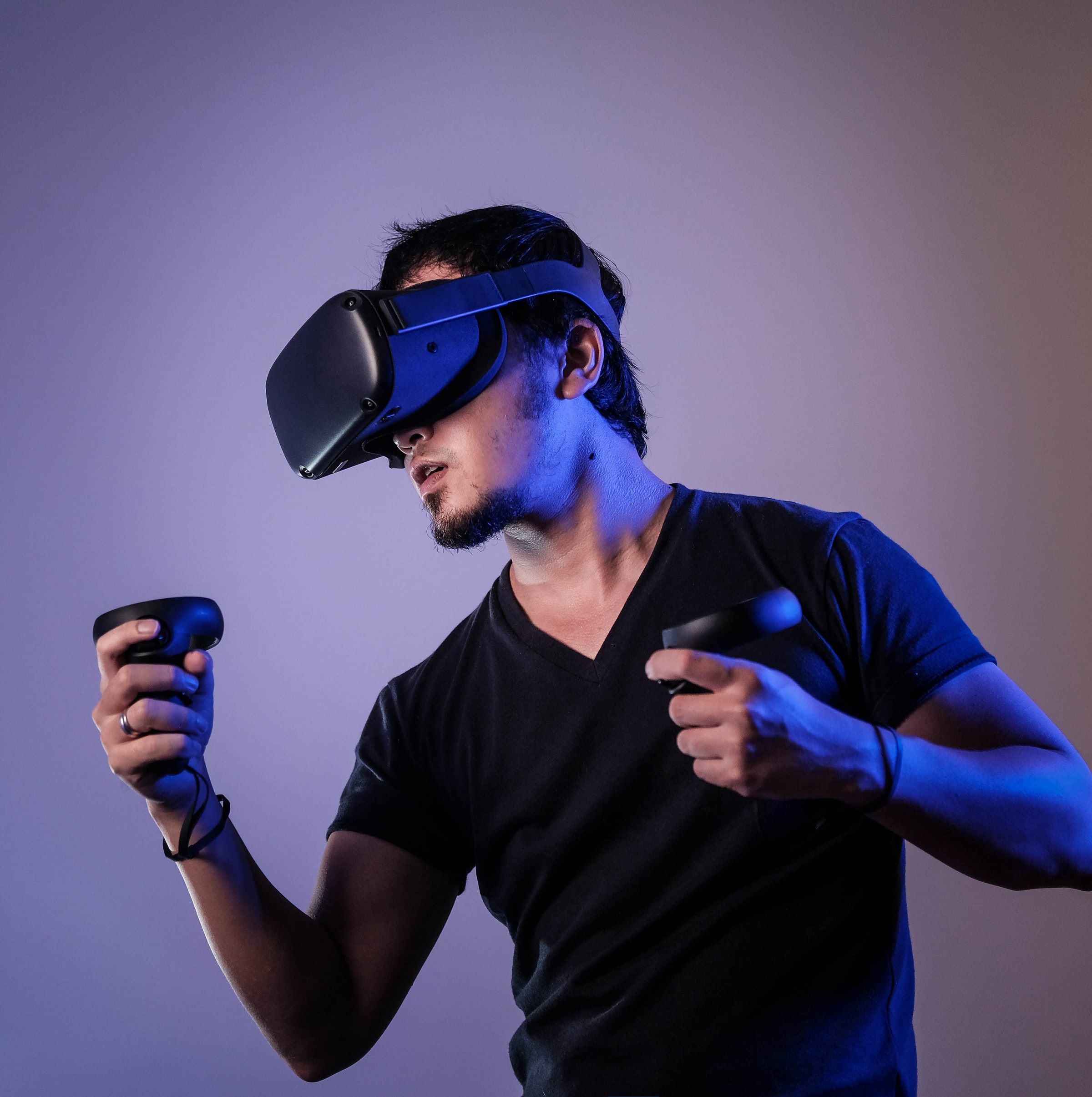
It feels like artificial intelligence (AI) was everywhere in 2017. How many times did you see headlines composed of buzzwords like ‘machine learning’ or ‘neural network’ this past year?
But as oversaturated as some of these AI terms have become in mainstream media, 2017 actually served as more of a precursor to 2018. The momentum of AI is finally picking up. In truth, we haven’t seen anything yet!
Companies Are Trying to Keep Up
If 2017 served any one purpose, it was to demonstrate the potential of AI to the uninitiated. We witnessed AI achieve milestones such as trouncing human opponents in Poker, Go, and video games. Medical organizations started embracing AI for more serious applications, like disease diagnosis and preventative medicine. We even got to see AI show off some of its creativity by crafting original music and movie plotlines.

The combination of these events and the fact that there are little to no regulations in place yet for AI signaled to many companies that it was time to jump in to get their piece of the pie. As Qualcomm’s head of graphics, Tim Leland, describes it, “AI is like the Wild West right now.” AI processing was a design priority for the Snapdragon 845, the latest mobile processor from the San Diego developer.
This focus on incorporating AI into products was a common trend among tech companies in 2017. 2018 will be the year many of these implementations see the light of day. They run the gamut of optimizing processes with machine learning to designing hardware to handle future AI developments that haven’t even been conceived yet.
Of course, all of this was also bolstered by the “writing on the wall” that tech giants like Google and Microsoft left. Several investments, startup acquisitions, and a sharp focus on AI research made it clear to everyone that these big companies believe AI will be an integral part of our future. But even after watching these titans make moves, many smaller companies still fail to grasp one fundamental fact about AI in 2018: this is the year that the power of AI gets put in your pocket.
AI Goes Mobile
2018 will mark a stark shift from cloud-based AI models to applications available on your phone. On the software side of things, Apple, Google, and Facebook have already released machine learning tools to make it easier for mobile developers to utilize AI in their apps. AI is getting sophisticated enough that all processing will soon be able to be completed with your phone. No data connection to the cloud will be needed.
Like Qualcomm, many mobile hardware makers are racing to keep up with the impending software developments. Both Apple and Huawei optimized their chipsets with dedicated “neural” cores. Recently, Apple made headlines for the new Face ID capability of their iPhone X.
But while both hardware and software makers continue improving the AI capabilities of their products, many developers are struggling with how to utilize AI for their apps. Most of the developments mentioned above haven’t been leveraged to their full extent, so many are left scratching their heads and wondering what the best application for AI is. Unfortunately for them, the answer is frustratingly simple and complex at the same time — everywhere!

With the possibilities feeling endless, we’re going to see some risky maneuvers from AI players this year. Some novel applications will succeed with flying colors while others fall by the wayside. This won’t necessarily be because their idea wasn’t good, but more because the world was not ready for them yet.
A Day in the Life of AI
As we mentioned, it’s already being utilized in a variety of ways. In MedTech alone, AI is already analyzing and diagnosing conditions. Before 2017, AI was largely being used for image recognition and other computer vision tasks. We’ll see this trend continue as smart home security tightens up with more advanced AI that can identify living entities like pets and humans as well as inanimate objects like cars and packages. Law enforcement will start relying more on AI to extrapolate any relevant information from public cameras as well.
Inevitably, AI will impact every part of our day-to-day. Imagine a future where you get in your AI-controlled autonomous car to go shopping. As you walk through the mall, your phone notifies you of clothing nearby that it thinks you’ll like based on budget and personal preferences. You decide to stop by the grocery store on your way home, and as you pass through the produce, your phone recommends potential recipes based off the ingredients around you and your previous meals.
As you’re taken home, your house AI automatically adjusts the thermostat, window shades, and lighting in anticipation of your arrival in 10 minutes. You realize you forgot to return some previous purchases, so you call out to your digital assistant and tell them your conundrum. Within seconds, the process is completed, and a shipping label is already being printed out by your assistant.
Soon, these sort of scenarios will be a reality. By the end of 2018, we’ll all probably be using AI extensively in one way or another. What ways would you like to see AI applied? Let us know in the comment section!





